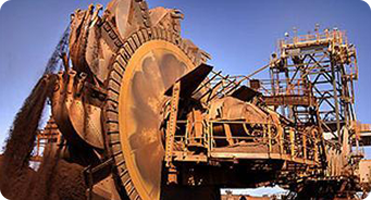
As an important polymer, polyacrylamide has a wide range of applications in the field of mineral processing. This article will discuss the application and advantages of polyacrylamide in mineral processing.
1. What is polyacrylamide?
Polyacrylamide (PAM) is a high molecular polymer, which is formed by free radical polymerization of acrylamide monomer. Polyacrylamide has two types of structure, linear and cross-linked, and the molecular weight and charge density can be adjusted according to needs. Because of its good flocculation, thickening, degradation and other properties, it is widely used in mineral processing, water treatment, oil field development and other fields.
2. Application of polyacrylamide in mineral processing
a. Flocculation and sedimentation
During mineral processing, it is often necessary to separate mineral particles suspended in water. As a high-efficiency flocculant, polyacrylamide can promote the formation of flocs of suspended particles, which is convenient for sedimentation and separation. This increases mineral recovery and reduces disposal costs.
b. Concentration and dehydration
After the mineral slurry is flocculated and settled, a large amount of water-containing sludge is produced. Polyacrylamide can be used as a dehydrating agent to improve the dewatering performance of sludge and reduce the moisture content. This helps to improve mineral processing efficiency and reduce transportation costs.
c. Improve flotation effect
Flotation is a commonly used mineral separation method. By adding polyacrylamide, the selectivity and flotation speed of the flotation agent can be improved, and the recovery rate and grade of the target mineral can be improved.
3. Advantages of polyacrylamide in mineral processing
a. High efficiency: Polyacrylamide has good flocculation performance, which can quickly promote the formation of flocs from suspended particles and improve the efficiency of mineral separation.
b. Energy saving: As a dehydrating agent, polyacrylamide can reduce the moisture content of sludge, thereby reducing transportation costs and energy consumption.
c. Environmental protection: the use of polyacrylamide can reduce the use of chemicals and reduce the impact on the environment.
d. Multifunctional: Polyacrylamide can not only be used as a flocculant, but also be used in multiple links such as concentration, dehydration and flotation to improve the comprehensive effect of mineral processing.
4. Conclusion
Polyacrylamide has a wide range of applications and significant advantages in the field of mineral processing, which can effectively improve the efficiency of mineral processing, reduce costs and environmental impact. An in-depth understanding of the properties and applications of polyacrylamide is of great significance for promoting the development of mineral processing technology. I hope that through this article, I can help you better understand the application of polyacrylamide in mineral processing and contribute to the mineral processing industry.
